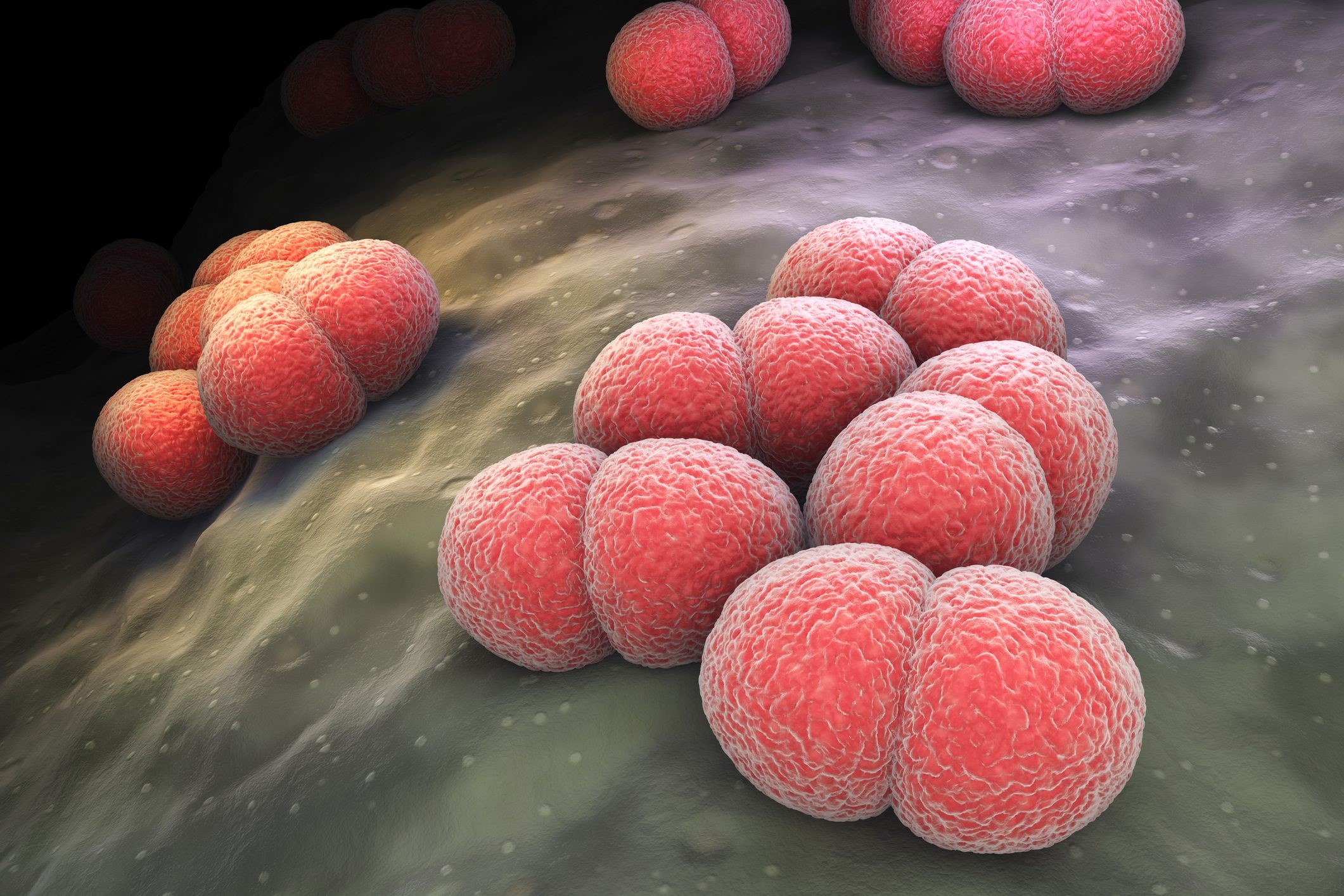
Meningeal signs and meningeal irritation in children and adults
Meningeal signs are a group of signs used in neurological semeiotics to detect the possible presence of a pathological process affecting the meninges, i.e. the membranes that line the central nervous system and have the main function of protecting the brain in the skull and the spinal cord in the spinal canal
The meningeal signs that are most commonly assessed are Brudzinski’s sign and Kernig’s sign together with the finding of nuchal rigidity
These signs, like all the others used in cases of suspected meningitis, are based on the extension of the meninges, which under normal conditions do not give positive signs while during meningitis they give characteristic antalgic movements in response.
In the common imagination, meningeal irritation is unambiguously identified with meningitis, but in clinical reality meningitis represents an infectious disease that causes irritation.
In the presence of the positivity of one or more meningeal signs, a diagnosis of meningitis cannot therefore be made unless other factors are present to support the diagnostic suspicion.
Another condition that leads to the same is, for example, subarachnoid haemorrhage: meningism is possible to such an extent that nuchal rigidity is a clinical diagnostic criterion (WFNS scale).
The great advantage of meningeal signs is that they are provable in both the elderly and the child, allowing the clinician to raise a diagnostic doubt even in the early stages of the disease although their diagnostic sensitivity is limited.
Meningeal signs can assist in the diagnosis of neurological pathology with other tests such as:
- blood count;
- CT SCAN;
- magnetic resonance imaging;
- spinal tap (lumbar puncture);
- detection of other clinical signs such as Biot’s breath.
Rigor nucalis
Nuchal rigidity comprises a picture of stiffening of the nuchal and paravertebral muscles associated with pain.
The stiffness of the neck is such that it is impossible or almost impossible to flex the head on the trunk, even passively.
Pressure on tense muscles generally increases the pain.
Together with the Brudzinski and Kernig signs, it is one of the most commonly evaluated and sensitive meningeal signs.
Binda’s sign
Binda’s sign is a tonic reflex resulting from passive rotation of the head of a subject with meningeal irritation.
The mobilisation of the head corresponds to the rotation and lifting of the shoulder contralateral to the direction of head rotation.
Binda’s sign is indicative of an inflammatory process of the skull base and in particular of tubercular infection of the meninges.
Lesage’s sign
The healthy infant, when lifted by the armpits, begins a sort of march or movement called ‘pedalling’: in the infant with meningism or meningitis this sign is absent and is often associated with convexity of the fontanelles as in the case of endocranial hypertension.
It is diagnosed by lifting the baby with both hands resting at the level of the axillary cords and is positive if the physiological ‘pedalling’ reflex movement is absent, i.e. there is no motor activity of the baby’s lower limbs.
Unlike the previously listed signs, it is not reproducible in children or adults and remains the preserve of the very early years.
Amoss’s sign
The Amoss sign, or tripod sign, represents the patient’s inability to rise from a supine position without resting the hands posteriorly.
The particular way of sitting is usually accompanied by lower back pain.
Magnus-De Klein sign
The Magnus-De Klein sign is also found in decerebrate patients.
In the case of meningitis or meningism it represents an advanced disease.
It is elicited by turning the head laterally and, if positive, the contraction of the extensor muscles ipsilateral to the rotation and the contraction of the flexor muscles contralateral to the rotation are observed.
von Hainiss sign
The von Hainiss sign is elicited by exerting pressure at the ring of the adductor muscles of the leg; it is considered positive when the manoeuvre causes intense pain.
Trousseau’s sign
Trousseau’s sign is significant of vasomotor disturbances and is relatively specific of tuberculous meningitis.
By rubbing the patient’s skin with a blunt tip, a delayed and persistent red dermographism is obtained.
Flatau’s and Squires’ meningeal signs
Flatau’s sign consists of the appearance of mydriasis on forced bending of the head forward; Squires’ sign similarly corresponds to the appearance of mydriasis on forced extension of the head.
Signorelli’s sign
Signorelli’s sign has long been abandoned for the evaluation of meningism because of its poor correlation with the condition.
It was considered positive when severe retromandibular pain was present after pressure was applied to it.
Read Also:
Emergency Live Even More…Live: Download The New Free App Of Your Newspaper For IOS And Android
First Case Of Meningitis Associated With SARS-CoV-2. A Case Report From Japan
Italian Girl Died Of Meningitis. She Was Returning From World Youth Day In Krakow
Meningitis In Children: Symptoms, Diagnosis And Prevention



